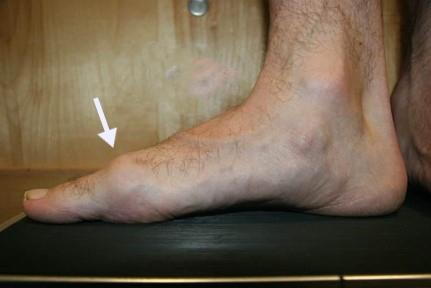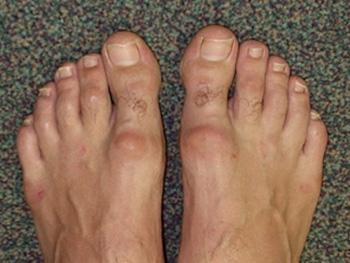PODIATRIST DISCUSSES HALLUX RIGIDUS
posted: Jun. 26, 2023.

“When it comes to arthritis, it’s important not to tough out symptoms or bear the pain,” says Danielle Butto, DPM, a foot and ankle surgeon and Fellow member of the American College of Foot and Ankle Surgeons. “Earlier treatment is not just about alleviating symptoms sooner. In many cases, we can even slow the progression of the symptoms, and use less invasive procedures to treat the condition than we would otherwise.” One common area where osteoarthritis occurs is the big toe. The big toe makes it possible for you to walk and run upright, absorbing forces equal to nearly twice your body weight when walking. With all it endures, it’s no surprise that overuse can erode cartilage, causing serious pain and even physical deformities.
 |
| Dr. Danielle Butto |
Nevertheless, many people confuse hallux rigidus with bunions. Early signs of hallux rigidus include pain and stiffness during use, or during cold, damp weather, difficulty with activities like running and squatting, and swelling and inflammation around the joint. Additional symptoms may develop over time, including pain during rest, bone spurs, limping, and dull pain in the hip, knee, or lower back due to changes in gait. If you notice any of these symptoms, see a foot and ankle surgeon. Conservative treatments like shoe modifications, orthotic devices, and physical therapy, may prevent or postpone the need for surgery.
Source: Jackson Township News [6/19/23]
Courtesy of Barry Block, editor of PM News